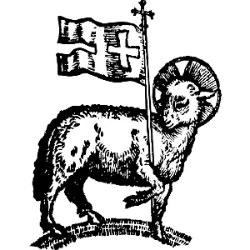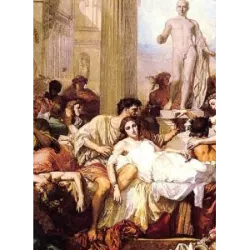The Paschal Lamb

The figure of the lamb plays a central role in the celebration of Passover, both in Judaism and in Christianity. In the Old Testament, during the first Passover, the Israelites were instructed by God to sacrifice a lamb without defects and use its blood to mark the doors of their homes. This sign would protect them from the tenth plague—the death of the firstborn in Egypt—by allowing the angel of death to pass over their homes. This act marked the beginning of the liberation of the Hebrew people from slavery and is remembered to this day on Passover.
Centuries later, in the New Testament, Jesus is identified by John the Baptist as the “Lamb of God who takes away the sin of the world.” The comparison directly refers to the Passover lamb, but now in a spiritual sense: Jesus voluntarily gives himself up as a sacrifice for the salvation of humanity. With his death on the cross, he replaces the old animal sacrifice, offering definitive redemption.
The symbolism of the lamb connects God’s old covenant with Israel to the new covenant sealed by the blood of Christ. For Christians, Jesus is the true Paschal Lamb, whose sacrifice brings eternal life and reconciliation with God — an act of love that profoundly redefines the meaning of Easter.
Did you know??












